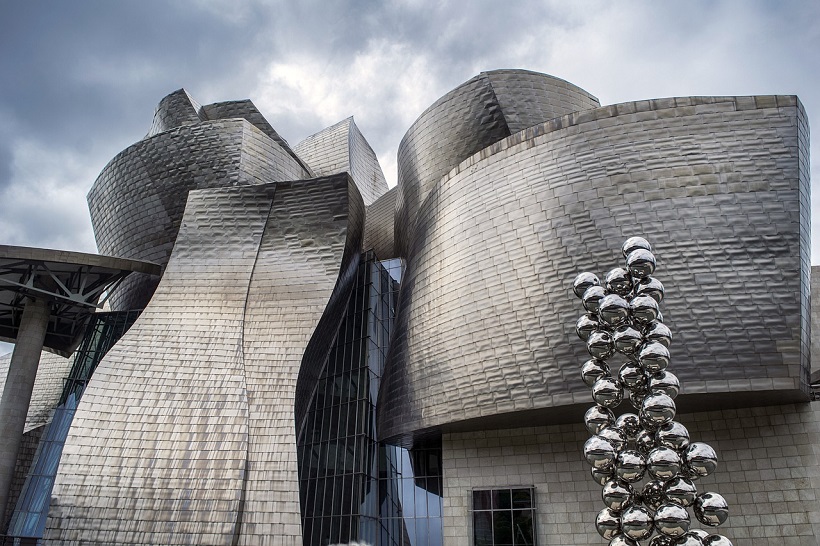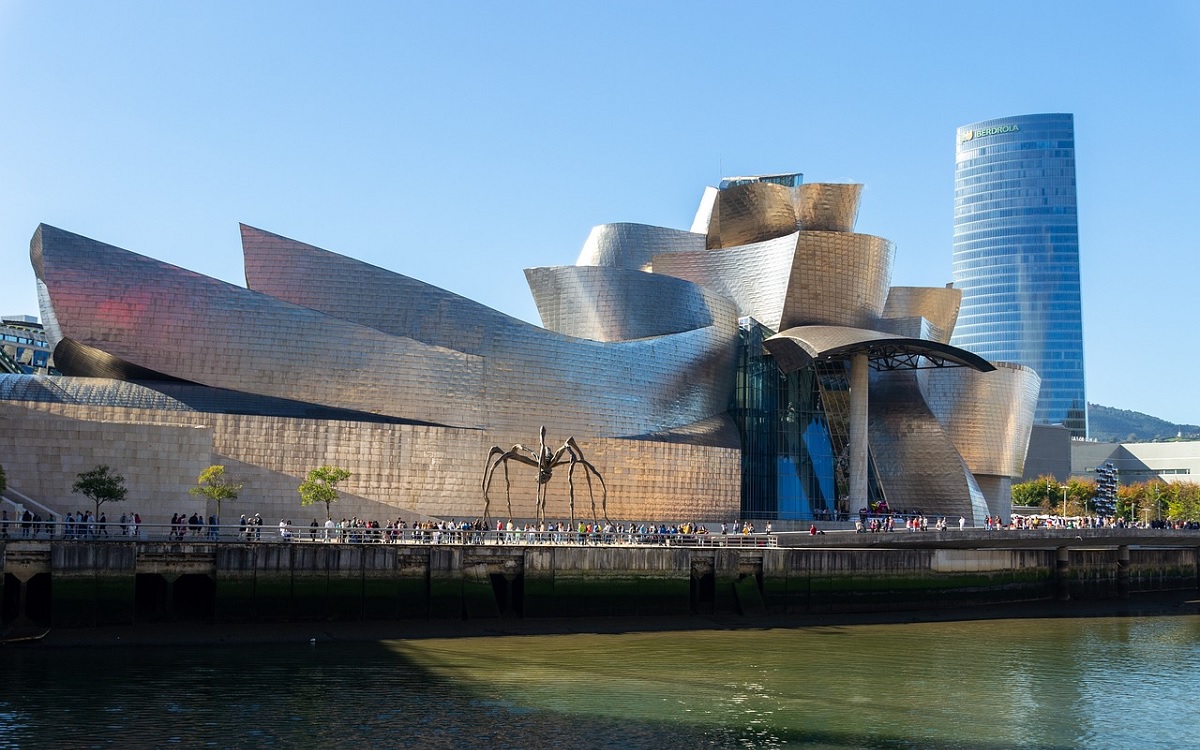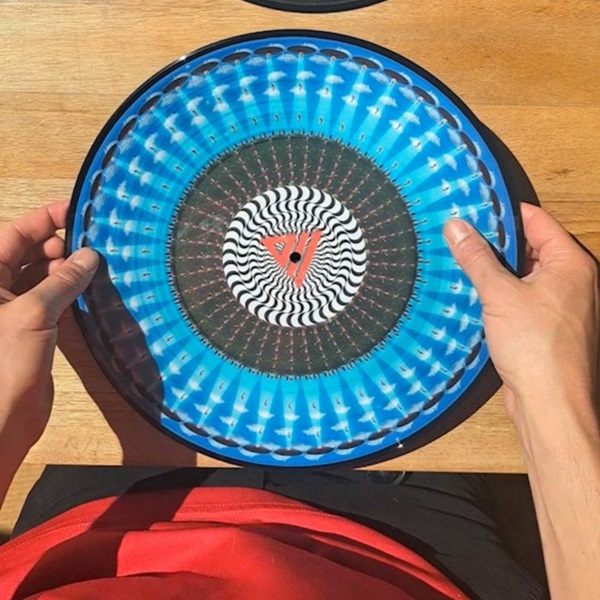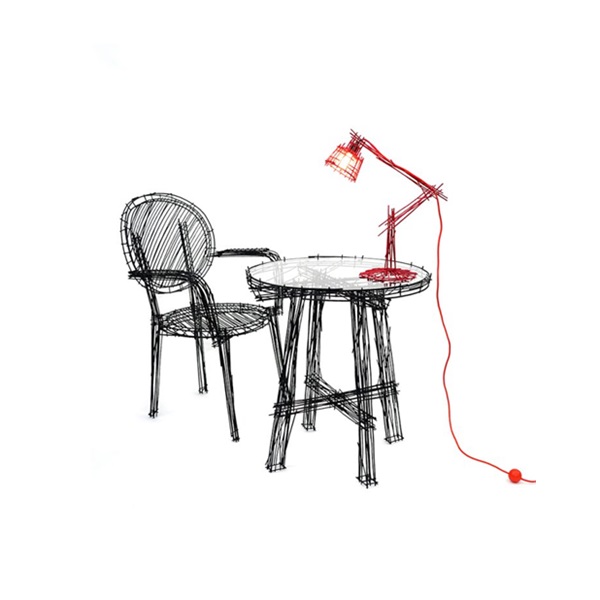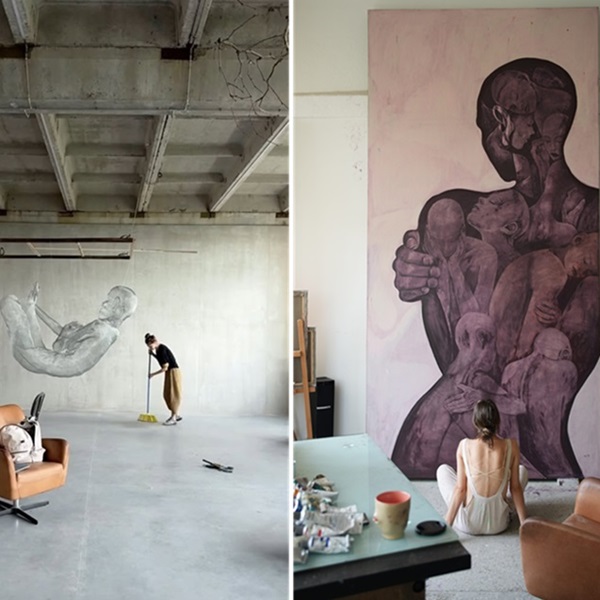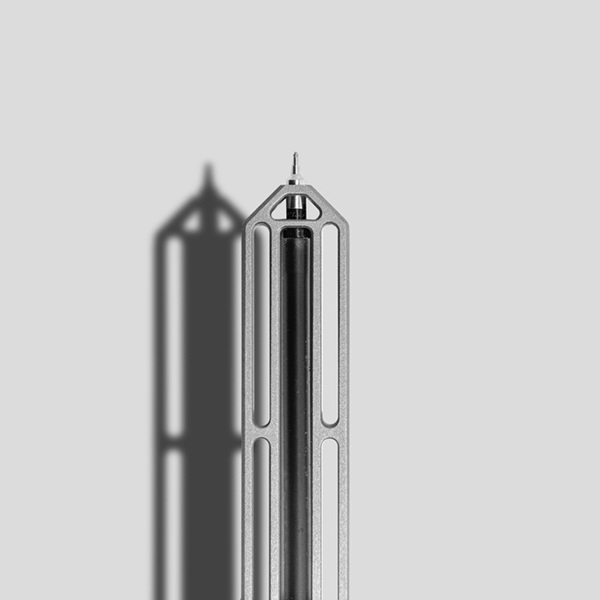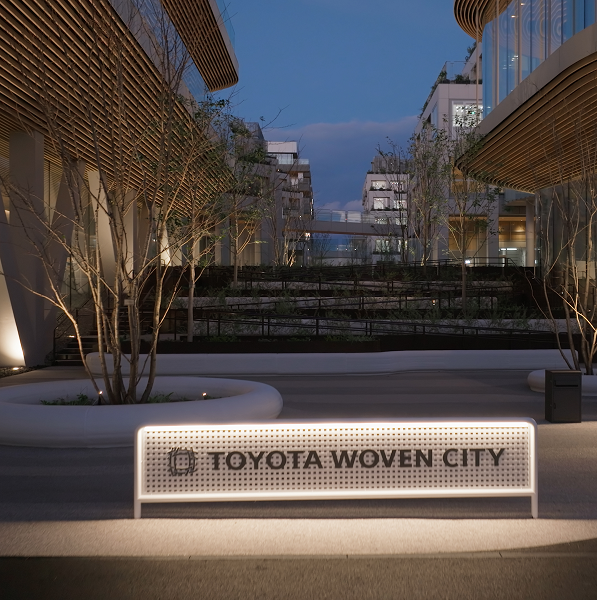It was in 1991 that the Basque government recommended to the Solomon R. Guggenheim Foundation supporting the construction of a Guggenheim Bilbao Museum. The museum was going to be in Bilbao’s decaying port district. The district was formerly the city’s major source of wealth. Appropriately, the museum became part of a bigger reconstruction strategy aimed at renewing and modernizing the industrial town. The Guggenheim Bilbao Museum became a major tourist destination almost immediately after its debut in 1997.
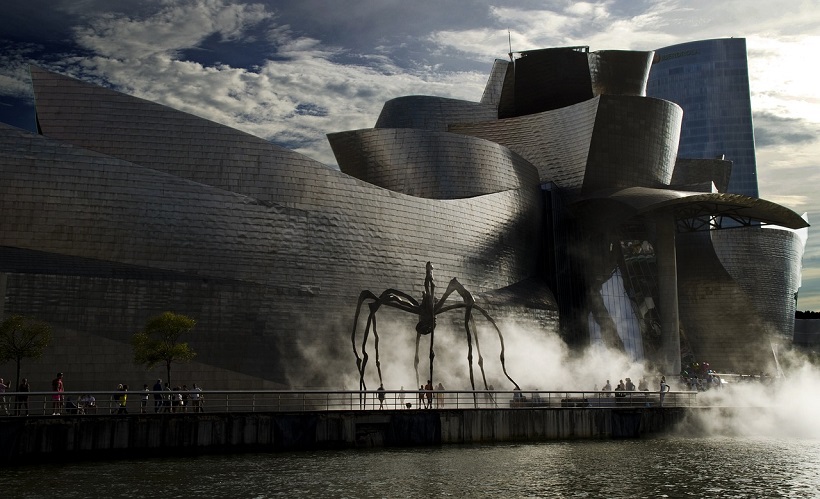
The Guggenheim Bilbao Museum is a mix of complex, turning shapes and compelling materials. Being one of the most interesting buildings, the museum responds to sophisticated programming and industrial urban surroundings. With over a hundred shows and over ten million visitors to its credit, Frank Gehry’s Guggenheim Museum in Bilbao not only transformed the way architects and people think about museums but also helped Bilbao’s economy. In fact, the trend of a city’s metamorphosis is now known as the “Bilbao Effect.” After twenty years, the Museum is still about the relationship between art and architecture.
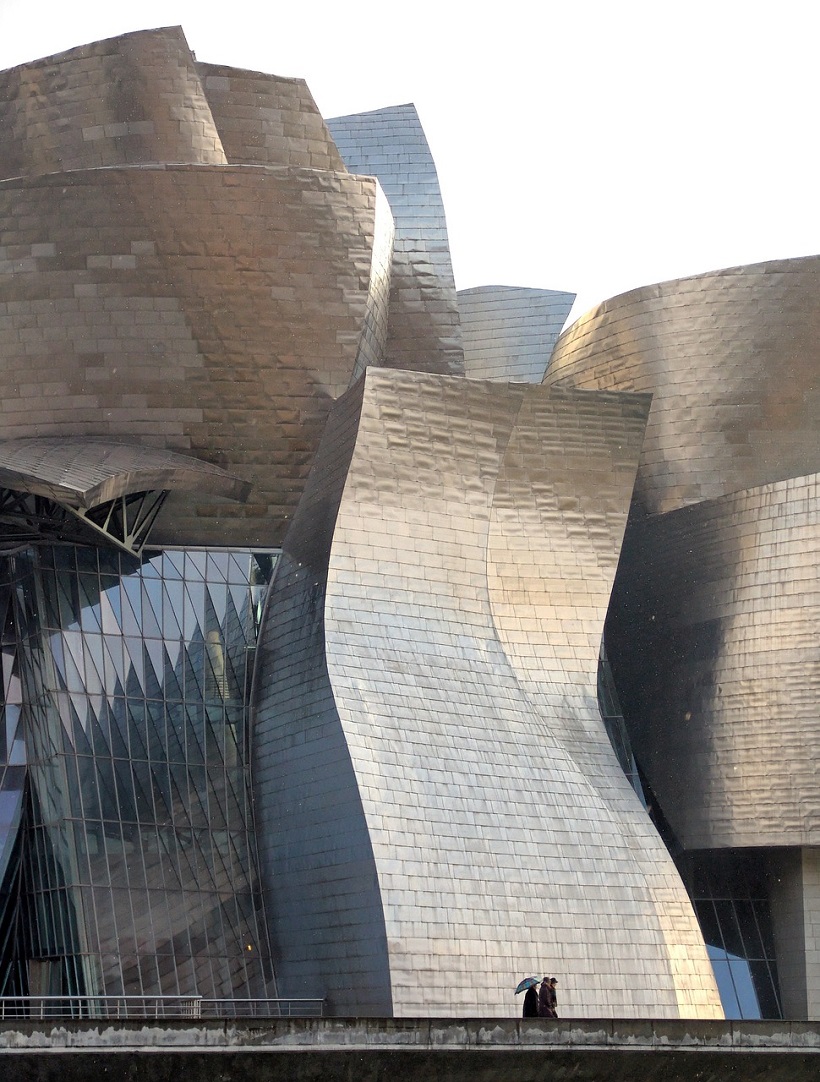
About the Structure of the Guggenheim Bilbao Museum
The structure is like a boat from the ground, even though the metallic structure of the outside seems almost flowery from above. In addition, the Guggenheim Bilbao Museum echoes the port’s historic industrial activities. In order to capture the light and react to the weather conditions, the designers chose random shapes for the outside, made of titanium, limestone, and glass. Fixing clips create a small center depression in each of the 38-mm titanium tiles, causing the surface to ripple in the shifting light and giving the overall composition an exceptional sparkle.
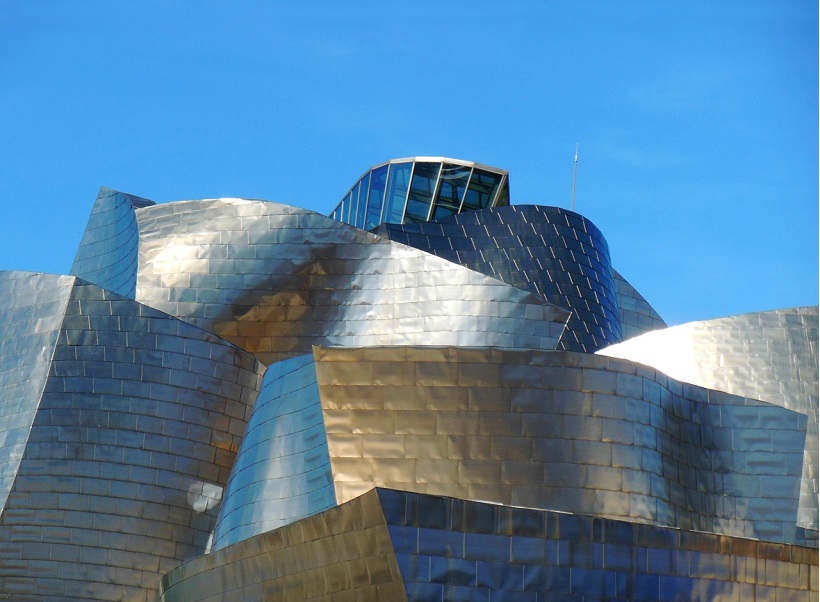
The enormous, atrium functions as the organizational hub of the Guggenheim Museum Bilbao. It spreads 11,000 square meters of display space throughout 19 galleries. Thirteen of these galleries have a traditional orthogonal layout. In Addition, on the exterior, the remaining nine galleries are distinguished by turning organic shapes covered in titanium. The biggest gallery is 30 meters wide and 130 meters long. Moreover, it features Richard Serra’s “The Matter of Time” exhibit.

